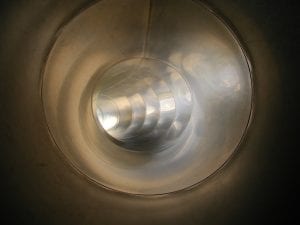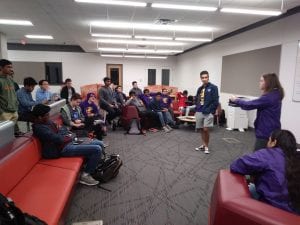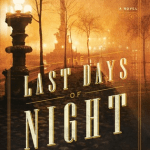The age of man. How will we be remembered? Sometime in the future, long after we are gone, researchers at the University of Leicester predict our rotisserie chicken bones will be all that is left behind to mark our existence on the geological timescale. How exactly did they calculate this to be our defining moment? The current epoch, the Anthropocene, began in the 1950s, which the researchers argue is when man started to have a lasting impact on the planet. They then investigated what they felt would be the biggest indicator of our time on the planet through the lens of largest change (evolution) and most remains (fossils).
Previous fossil records began in the Cambrian period (roughly 550 million years ago) when organisms developed hard shells, and ever since then each new epoch and era was marked by a key species indicating a change had occurred (try to visualize the model with the trilobites, dinosaurs, and ice age mammals from your early earth science classes). Currently there are 21 billion chickens in existence worldwide, with roughly 3 times that being consumed annually. With this scale it’s easy to see why these researchers are ready to call this the Age of the Chicken – nothing else exists to this quantity. Add in the traditional landfill model, and the normally brittle bones of the chicken are not subject to decay, preserving them nicely for future generations.
Another reason the scientists argue that chickens may be a good marker for our generation is due to the changes we have done to the species through domestication. There was a large push starting in the 1940’s for meatier birds which lead to massive breeding efforts. In addition, there is a current push for designer birds (chickens are becoming increasingly popular pets) which have led to many different cross-breeds. This has created a huge change in the bone structure, genetics, and skeleton of the modern-day chicken.
Knapton, S. (2018, December 12). Age of the chicken: why the Anthropocene will be geologically egg- ceptional. The Telegraph. Retrieved from: http://www.telegraph.co.uk/







